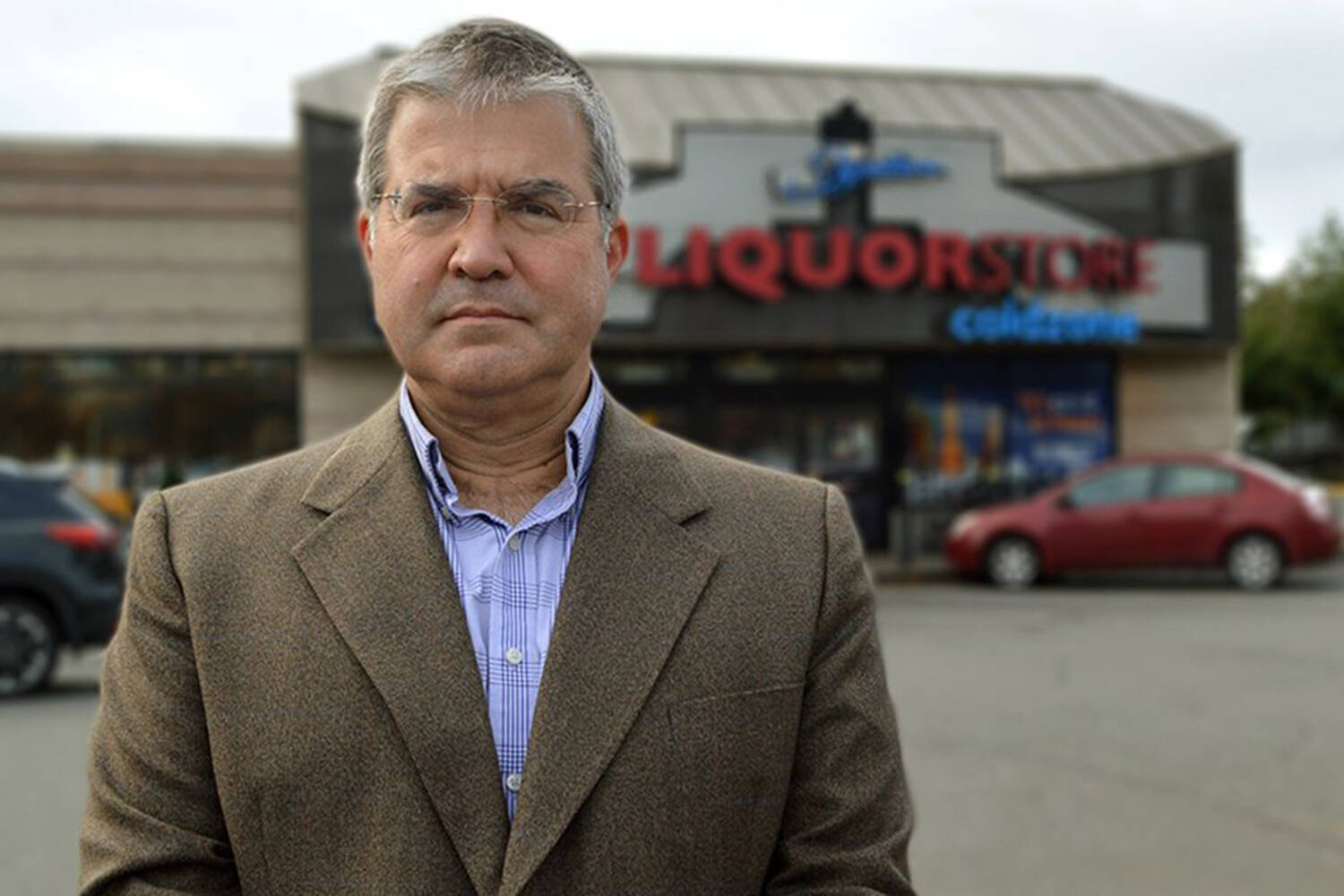Each British Columbian aged 15 years and older drank the equivalent of 9.32 litres of pure alcohol between April 1, 2020 to March 31, 2021 as alcohol consumption reached the highest rate in two decades.
Put differently, they downed the equivalent of 547 cans of five per cent beer, or 104 bottles of 12 per cent wine.
These figures appear in the latest analysis of B.C. alcohol sales data from the University of Victoria’s Canadian Institute for Substance Use Research, which started tracking consumption rates in 2001. The current per capita consumption rate is the highest recorded.
The data challenges prevailing theories about alcohol consumption, institute director Tim Naimi said.
“This tells us the higher levels of consumption seen in the first few months of COVID were not the result of stockpiling, but of an overall increase in drinking sustained over the year,” he said in a release.
While B.C. residents drank far less alcohol at bars and restaurants, with consumption rates down 60 per cent (bars) and 46 per cent (restaurants), they more than made up for it through purchases at private liquor stores, which accounted for 55 per cent of all alcohol sold in the province.
RELATED: CAMH survey looks at binge-drinking, financial anxiety during COVID
RELATED: Vancouver Island’s chief medical health officer questions alcohol consumption in public parks
“It has never been easier to buy alcohol in B.C. and we know increased availability of alcohol leads to people drinking more,” Naimi said. “COVID-era changes to alcohol policy such as increased hours, government support for liquor retailers to develop online stores, expanded home delivery and declaring liquor stores an essential service, have certainly played a role in these increases.”
Looking across the province, residents living in the region covered by Interior Health drank the most with 13.69 litres per capita per year, with Island Health second at 11.54 litres per year. Fraser Health was the lowest at 7.09 litres.
“In the past, some regions have pointed to tourism as a reason for above-average consumption rates, the assumption being that visitors accounted for a good chunk of alcohol purchases,” Naimi said. “Given the fact B.C. saw many fewer tourists in the summer of 2020, this theory doesn’t appear to hold water.”
Do you have a story tip? Email: vnc.editorial@blackpress.ca.
Follow us on Twitter and Instagram, and like us on Facebook.

